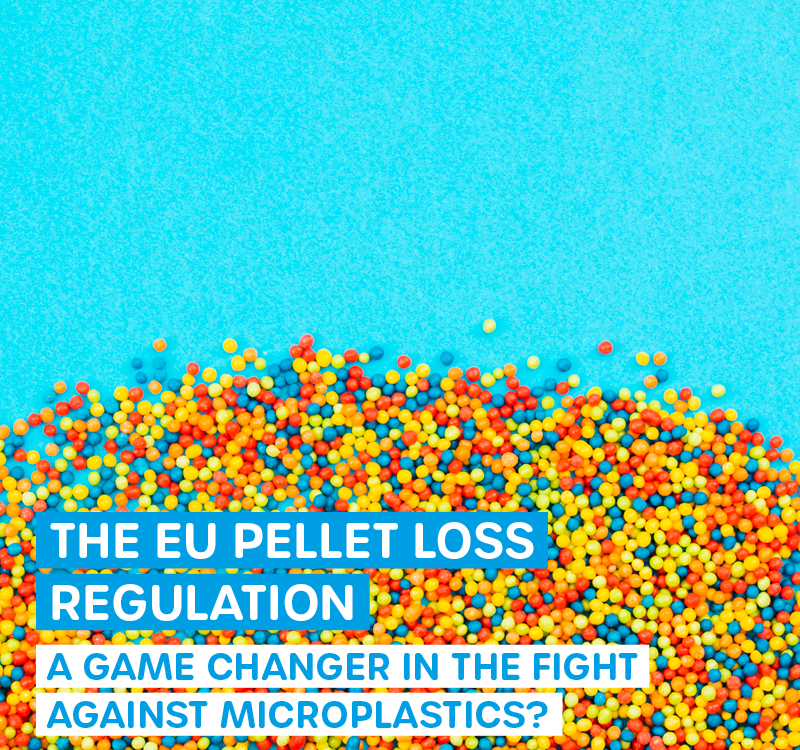
Microplastics and Theory of Change
24. July 2025
Microplastics and Citizen Science
28. July 2025Our path to comparable microplastics data: What we learned from Wasser 3.0
This article is based on our recent study, which was supported by the EU innovation program HORIZON EUROPE and the Veolia Foundation. Together with our partners, we are working to revolutionize microplastics analysis.
Microplastics are everywhere - in our waters, in the air, in the soil and even in our bodies. As the Wasser 3.0 team, we deal with the question every day: How can we detect microplastics reliably, comparably and cost-effectively? Our latest study provides answers - and honestly shows where the challenges lie.
The problem that drives us
Although data on microplastic pollution is continuously being collected, there has been a lack of standardized procedures to date. The result: although a lot of data is generated, it’s not comparable. This is exactly where we come in. Our aim is to develop methods that not only work but are also practicable and affordable.
Our four-stage approach
In our research, we have divided microplastics analytics into four main stages:
1. Standardized sampling
We have developed two methods: Our Particle Sampling Unit (PSU) for representative samples with large volumes (100 L to 1 m³) and simple 0.5 liter samples for quick assessments. Both methods are standardized and provide comparable results.
2. Gentle sample preparation
We use hydrogen peroxide to remove natural particles without attacking the microplastics. Our protocol is reproducible and applicable for different laboratories.
3. Innovative detection
Here is our breakthrough: We rely on fluorescence microscopy with our specially developed fluorescence marker "abcr eco water 3.0 detect mix MP-1". This selectively stains microplastics - quickly and reliably.
4. Automated evaluation
Our software automatically distinguishes between luminescent microplastic particles and other particles. This saves time and reduces subjective errors.

Four steps to fast, valid and comparable results © Wasser 3.0
Our solutions for practical problems
Contamination under control We have tested what really helps: In our special microplastics laboratory with an airlock, HEPA filter and protective suits, we were able to reduce disturbing particles by 97% - a measurable success of our protective measures.
Developing cost-effective alternatives Not every laboratory can afford a fully automated fluorescence microscope. We have therefore shown how a conventional light microscope can be converted into a fully functional fluorescence microscope using simple means – with an LED flashlight, filter, and gripper arm. A real alternative for smaller budgets.
Honest figures instead of whitewashing We do not conceal the challenges. But we are getting better at overcoming them. While we had deviations at the beginning:
- Between different microscopes of 46.6%
- 8% between two samples from the same location
- 7% between different preparations of the same sample
we were able to reduce these significantly through continuous measurements and optimizations.
And it shows once again that you can't “win a flowerpot” with individual measurements. Reliable data can only be obtained through multiple analyses and our standardized procedures.
What makes us particularly proud
Speed At just two to three minutes per sample, our method enables rapid routine analysis. By comparison, analyzing the entire filter takes 25 to 30 minutes - too slow for everyday use.
Practicality Our methods not only work in the research laboratory, but also in practice. Municipal wastewater treatment plants and plant operators need fast, robust solutions - and that's exactly what we offer.
Transparency We share our knowledge openly. Everyone can take part in microplastic mapping via our Wasser 3.0 appand contribute to the Global Map of Microplastics. Together we map global microplastic pollution.
Our contribution to the solution
The inhomogeneous distribution of microplastics remains one of the biggest challenges. Whether in the sample or in the water - microplastics are not distributed evenly.
Recommendations for microplastic analytics:
- Analyze at least two samples per site and use our standard protocols.
- We have developed practicable solutions for process control in particular. Two measurements per year, as prescribed by the EU Urban Waste Water Directive, are not enough. With our rapid methods, continuous monitoring is finally possible.
With our methods, we create the basis for well-founded decisions and effective countermeasures: Become part of the solution
The Global Map of Microplastics and all our research is only possible through donations and sponsorship. We need more support to develop even more impact. Become an impact accelerator for water without microplastics!






